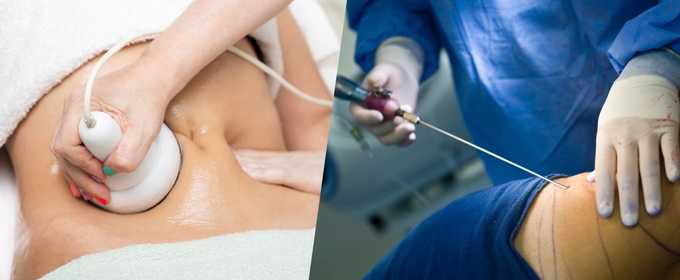Liposuction has long been a popular cosmetic procedure for those looking to sculpt their bodies by removing excess fat. With advancements in technology, two primary techniques have emerged: traditional liposuction and ultrasound liposuction. Let’s explore the key differences between these methods to help you make an informed decision.
Traditional Liposuction:
Traditional liposuction involves the manual removal of fat through a suction device. It typically begins with the injection of a saline solution to break down fat cells, making them easier to remove. The surgeon then uses a cannula, a thin tube, to manually suction out the fat.
Pros:
- Well-established and widely practiced.
- Effective for large areas of fat removal.
- Versatile, suitable for various body regions.
Cons:
- Potential for more extensive bruising and swelling.
- Longer recovery time compared to some newer techniques.
Ultrasound Liposuction:
Ultrasound liposuction, on the other hand, utilizes ultrasound technology to liquefy fat cells before removal. This liquefaction process makes it easier to suction out fat with a gentler approach, potentially reducing trauma to surrounding tissues.
Pros:
- Less invasive than traditional liposuction.
- Effective for targeting smaller and more delicate areas.
- Potentially shorter recovery time.
Cons:
- May come with a higher upfront cost.
- Limited data on the long-term effects compared to traditional liposuction.
Ultimately, the choice between traditional and ultrasound liposuction depends on factors like the targeted area, the volume of fat to be removed, and personal preferences. Consulting with a qualified cosmetic surgeon will help determine the most suitable technique for achieving your desired results.


